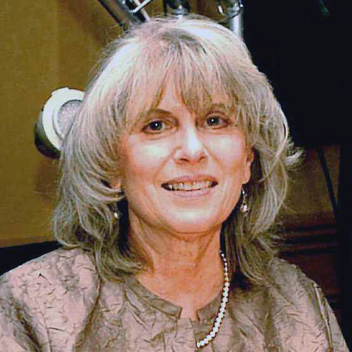New Castle Town Board Adopts Chappaqua Crossing Findings Statement
By Janine Bowen
The New Castle Town Board approved adoption of the state Environmental Quality Review Act’s Supplemental Findings Statement for the Chappaqua Crossing project at a special board meeting Oct. 29.
The action, which was approved 3-1, establishes the parameters for what developer Summit/Greenfield can do at the former Reader’s Digest site should the rezoning to allow up to 120,000 square feet of retail be approved.
“It restricts what can happen there, but it is not a conclusion that something will happen there,” explained Councilman Robin Stout.
Board members said the next phase will be for Summit/Greenfield to submit a preliminary design concept plan.
Before the board voted to adopt the findings statement, residents lined up for about two-and-a-half hours to once again voice their opposition to the proposed rezoning. Residents addressed traffic concerns, specifically the impact that the increased volume will have on residential roads.
“We haven’t solved the traffic on Bedford Road, and putting (the grocery store entrance) on a residential road is not going to solve that,” said Bob Lewis of Roaring Brook Road.
Stout asserted that a further traffic study should be conducted to address problems once the site is up and running.
 Residents were also concerned with the proposed hours of operation. According to the findings statement, stores could operate from 6 a.m. to 11 p.m., with indoor truck loading for the grocery store occurring as early as 5 a.m. Homeowners near the site said they are worried that the odd hours will negatively affect their quality of life.
Residents were also concerned with the proposed hours of operation. According to the findings statement, stores could operate from 6 a.m. to 11 p.m., with indoor truck loading for the grocery store occurring as early as 5 a.m. Homeowners near the site said they are worried that the odd hours will negatively affect their quality of life.
“Nothing else keeps those hours, and traffic at those hours will disturb residents,” said John Ehrlich of Apple Tree Close, who suggested that the board approve the findings statement without that provision.
Although the meeting was intended to address the contents of the findings statement, many residents also expressed their opposition to the project in general, with several claiming that the new shopping center would have a negative impact on current downtown retail.
Cindy Lupica, who owns the King Street boutique Marmalade, feared that the new shopping center will cause many stores in the already struggling downtown area to fail.
“You’re decimating all of us, especially those of us who own the properties where our stores are,” she said.
She said she was most worried that the inclusion of retail storefronts with a supermarket will centralize shopping at Chappaqua Crossing and local shoppers will abandon downtown.
“Our community is made of up moms who drop their kids off at school and go to the grocery store, ” Lupica noted. “You’re going to centralize errands and shift the (retail) center.”
She asserted that Chappaqua Crossing should include a supermarket without other retail stores.
Board members disagreed with Lupica, pointing out that town residents currently spend more than $130 million each year at stores in other towns. They also noted that the large retail space will attract different types of stores than those that already exist downtown. The board hopes that retail businesses at Chappaqua Crossing will keep shoppers local as well as attract customers from outside New Castle.
Resident Matt Weimer said he is concerned that Chappaqua Crossing will drive customers and potential residents away if all 120,000 square feet of space is not filled.
“When I think about Chappaqua Crossing, I think about how it will cannibalize the town and drive away prospective residents who see empty storefronts,” he said.
Town Attorney Clinton Smith assured residents that even though the environmental findings statement was approved, they would have an opportunity to speak about the specifics of the plan again.
“Residents will have a chance to give opinions on zoning when it comes time for that, as long as suggestions fall under what has been studied” in the environmental impact findings statement, he said.
The next town board meeting is scheduled for Nov. 12 at 7:45 p.m.

Adam has worked in the local news industry for the past two decades in Westchester County and the broader Hudson Valley. Read more from Adam’s author bio here.

